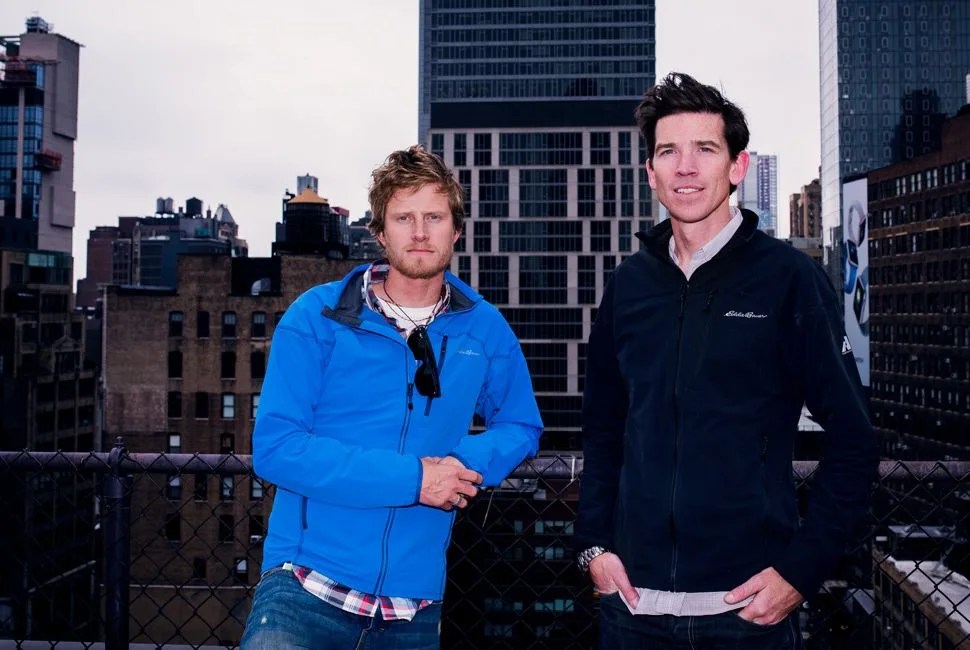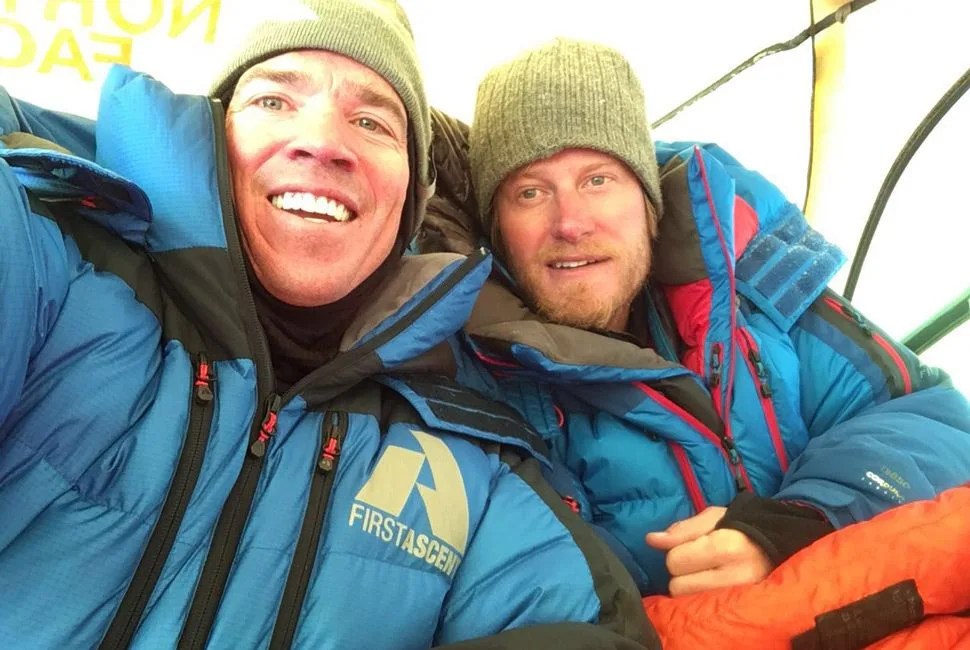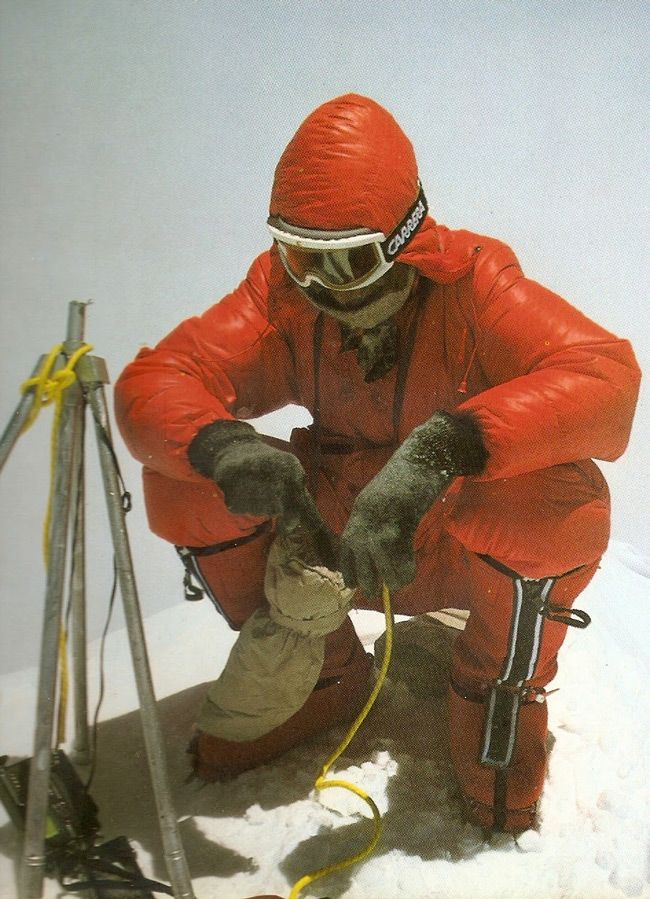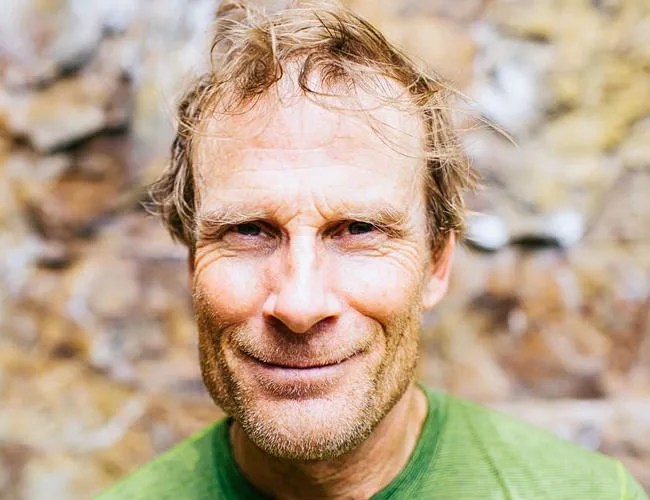Last month Adrian Ballinger and Cory Richards used Snapchat to document their successful (partially — Ballinger turned back before the summit) ascent of Everest. As Ballinger wrote in Outside in April, the climbing partners wanted to use real-time photos and videos to “depict an unfiltered climb during a crucial season on a changing Everest.” The other key element of the attempt was that neither Ballinger, guide and owner of Alpenglow, nor Richards, climber-photographer and 2012 National Geographic Adventurer of the Year, would use supplemental oxygen to breathe more easily, something that’s been achieved only 193 times out of more than 7,000 Everest ascents. (Conrad Anker, whom we profiled in our first print magazine, did it twice.)
While those of us who cover outdoor sports at GP didn’t think much of this, Managing Editor Ben Bowers pointed out that not using supplemental oxygen seemed to him an unnecessary risk in a pursuit (Everest) that’s already proved so dangerous. How can we mourn the tragedies that occur rather often on the mountain while at the same time encouraging climbers to take even greater risks? “I take issue with double standards and I think that’s mostly what irks me about this situation,” Bowers said. “Touting climbing without oxygen seems to be lionizing a thirst for danger in exchange for very little upside. The outdoor industry is actually frequently guilty of this.” He also pointed to the NFL for comparison, where the league claims it cares about the safety of athletes, while violence remains an essential and indeed appealing quality of the sport.
These were good points, which several members of our team had an opinion about, so we invited Ballinger and Richards into our office to talk about the use of supplemental oxygen. Below you’ll find an excerpt from that discussion, as well as opinions from members of the GP team — some of them given remotely by email since weren’t all here for the discussion. – Jeremy Berger, Senior Editor

Climbing Is Dangerous? How About Football?
Jason Heaton, Contributor and Member of the Explorer’s Club




